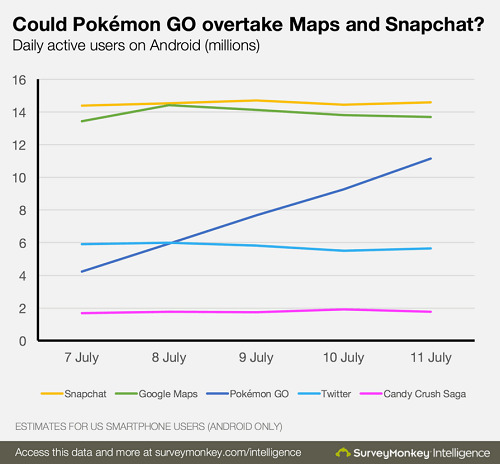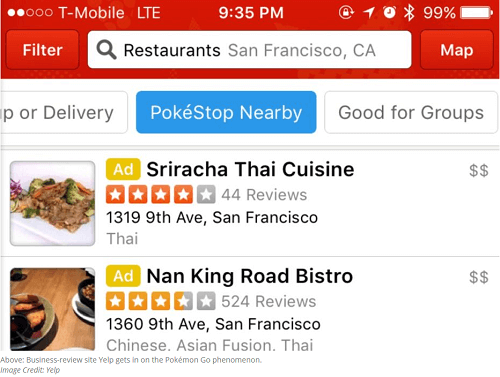- Products

Enjoy a free 30-day trial of our
data validation software.Experience the power of trusted data
solutions today, no credit card required! - Solutions

Enjoy a free 30-day trial of our
data validation software.Experience the power of trusted data
solutions today, no credit card required! - Partners

Enjoy a free 30-day trial of our
data validation software.Experience the power of trusted data
solutions today, no credit card required! - Learn more
- Pricing
- Contact Us
Marketers, observe Pokémon Go really carefully

The hype around Pokémon Go has shown us one thing extremely clearly: that marketers can now start thinking about augmented reality (AR) as the next step in reaching out to consumers and monetizing a channel.
What started as an April Fool’s joke back in 2014 has turned into the most downloaded app in Apple’s App Store and the biggest mobile game in U.S. history. Well done Niantic, so well done. Within a week of its release, Pokémon Go attracted more users than Tinder did in the past five years (ouch). Stores have begun placing signs out front to attract players milling around their businesses in search of pocket monsters, doling out discounts and free items if customers manage to prove their Pokémon mastery. Yelp has even added a “Pokéstop nearby” filter so players can frequent restaurants registered as a Pokéstop.



(This image my two favorite things: Inescapably enticing analogies, and food.)
A lightbulb moment
And it was when I saw those pictures that the gears in my head started turning. Sure, this viral phenomenon is a great way for businesses to earn some quick cash off the Poké-frenzy, but there’s no guarantee that this won’t turn into a Candy Crush rise and fall. No, instead, Pokémon Go made me think about how this is the first time that augmented reality really made an impact in mainstream entertainment.
If you think about it, more and more of the content we consume today revolves around images (visual web, anyone?) and how to combine that with the way we tell stories. Augmented reality, then, is the perfect extension of where marketers can go next. Here’s the caveat though: People know when the end game is for them to buy something. We usually have our radar up when using an app from a business because we know the end goal is almost always for us to spend money. But somehow Pokémon Go has successfully partnered with businesses in a way that benefits all parties involved. Players get their Pokémon, businesses get weary travelers who may want vittles, and Nintendo gets soaring stock prices.
Here’s what I’m thinking. We know from this entire hullabaloo that AR done right unmistakably has economic benefits for businesses, and more importantly, that AR done right is “super effective” (pun definitely intended) with consumers.
What does this mean for marketers?
Well, because the entertainment factor is clearly there in an augmented reality app, marketers can take customer engagement to an exciting, unexplored level. Marketers can tap into virtual reality as a new environment for mobile interactivity and advertising where there is currently a lagged state of innovation.
For example, retailers (e.g. eateries, malls, shops) in particular are reaping the benefits of Pokémon Go. They’re seeing an increase in foot traffic, which doesn’t always equate to more sales (in fact, a retail law of nature supposes that more traffic actually equals fewer conversions). But the important part is that retailers are seeing an increase in foot traffic from consumers with smartphones at the ready—and that is worth taking advantage of.
For now, we’re seeing discounts and promotions paired with AR. But as augmented reality gets more advanced and more intertwined into mobile devices—and software companies are certainly going to try, especially considering this success—marketers will be challenged to provide next-gen entertainment and value.
See folks? We don’t just cover data quality. When we cover current events, we go big. Are you Pokémon Go or Pokémon No? Where do you see AR going, especially for marketers? Tweet at me @shirl_zee for a nice chat or lively debate.

